Establishing an Effective treatment team
March is Self-Harm Awareness Month.
Adolescents, with the highest rate of self-injurious behaviors compared to other demographic groups (17%), admit to self-injury at least once in their lifetime. Sadly, the average age of the first incident is 13 years old. Whether you are a parent of a child who is engaging in self-injury, a teacher, or medical professional/clinician who is working with such a teen, it can be both terrifying and perplexing.
Navigating effective treatment and creating an effective treatment team can be overwhelming and difficult at times. In response to this challenge and in recognition of self-harm awareness month, I collaborated with the DBT-Linehan Board of Certification and Drs. Aguirre and Hollander to discuss the characteristics of establishing an effective and collaborative treatment team to navigate these challenging situations. It is more important than ever that treatment is collaborative, supportive, and evidenced-based.
Click here to hear Drs. Aguirre and Hollander address this topic.
Self-injurious behavior is not a mental illness, but a behavior that indicates a need for better coping skills. Check out our previous blog on Comprehensive DBT to read about an effective treatment for self-harm and to help individuals learn the coping skills needed to live a life worth living.
